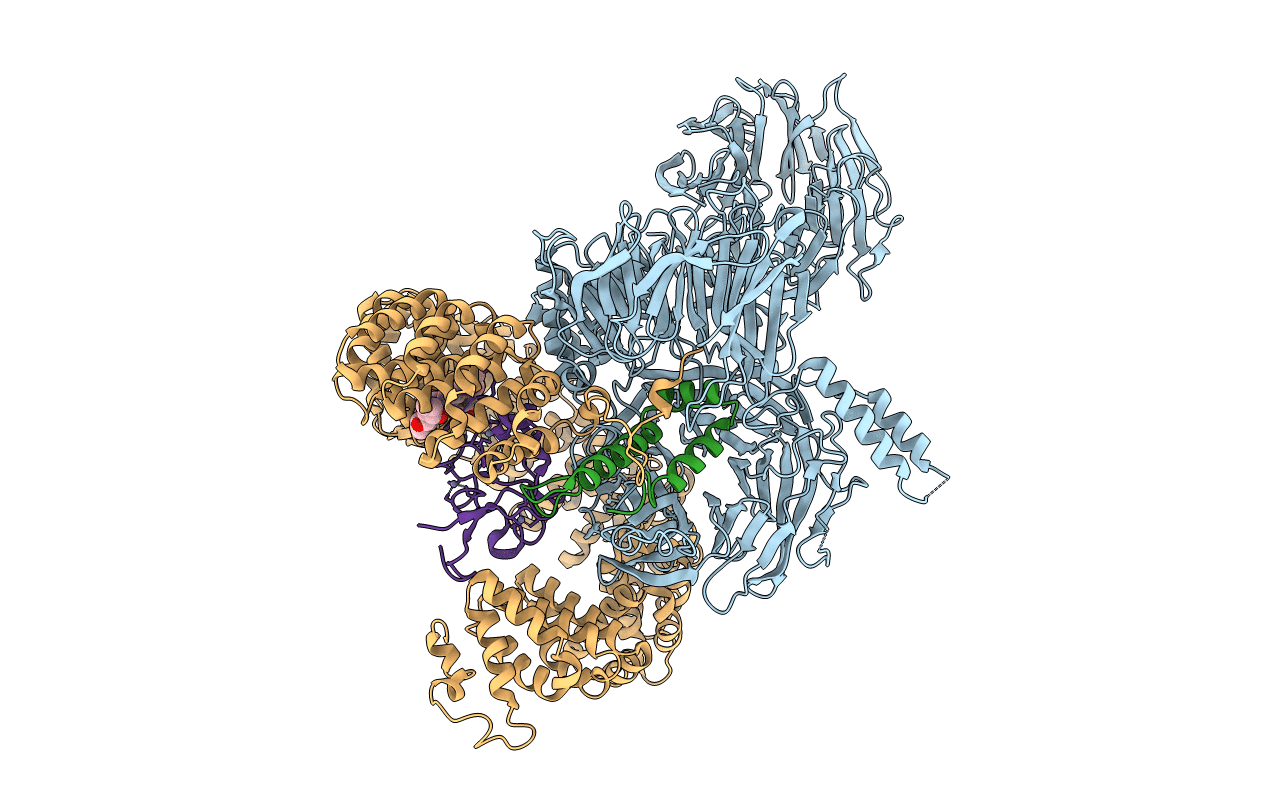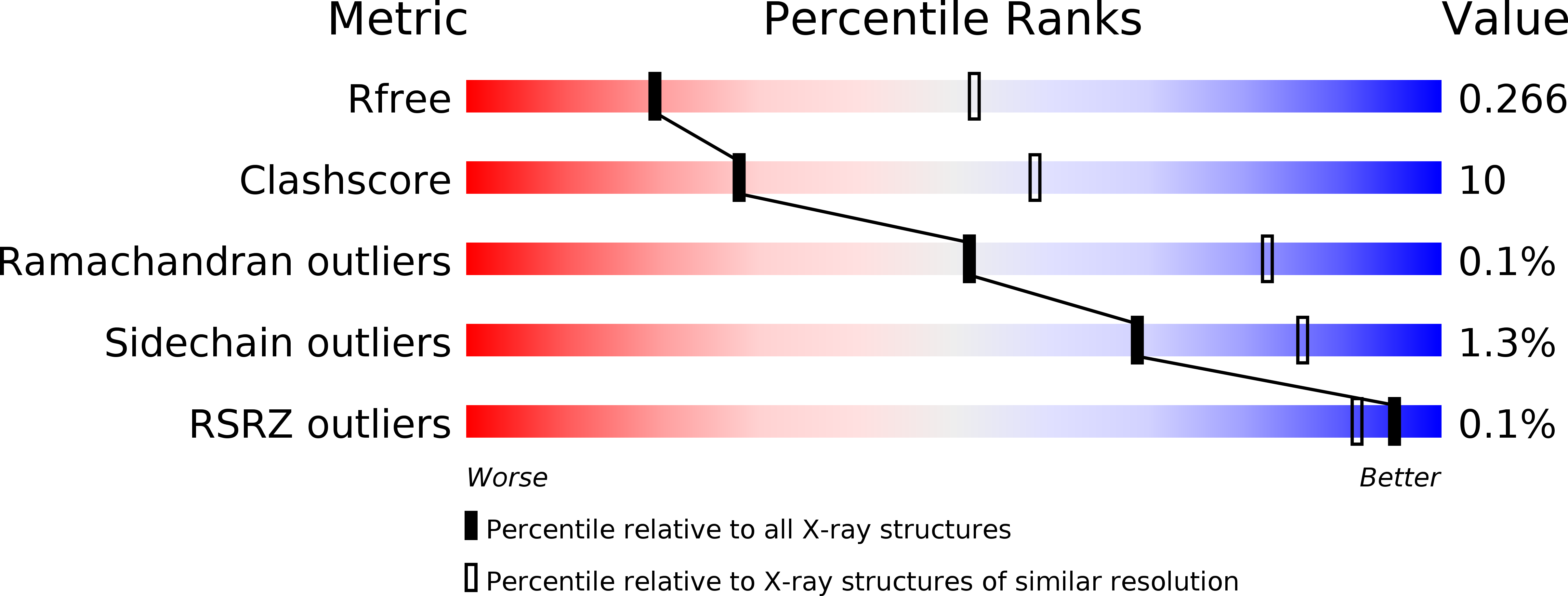
Deposition Date
2017-10-04
Release Date
2018-06-20
Last Version Date
2024-01-17
Method Details:
Experimental Method:
Resolution:
3.08 Å
R-Value Free:
0.26
R-Value Work:
0.23
Space Group:
P 21 21 21


